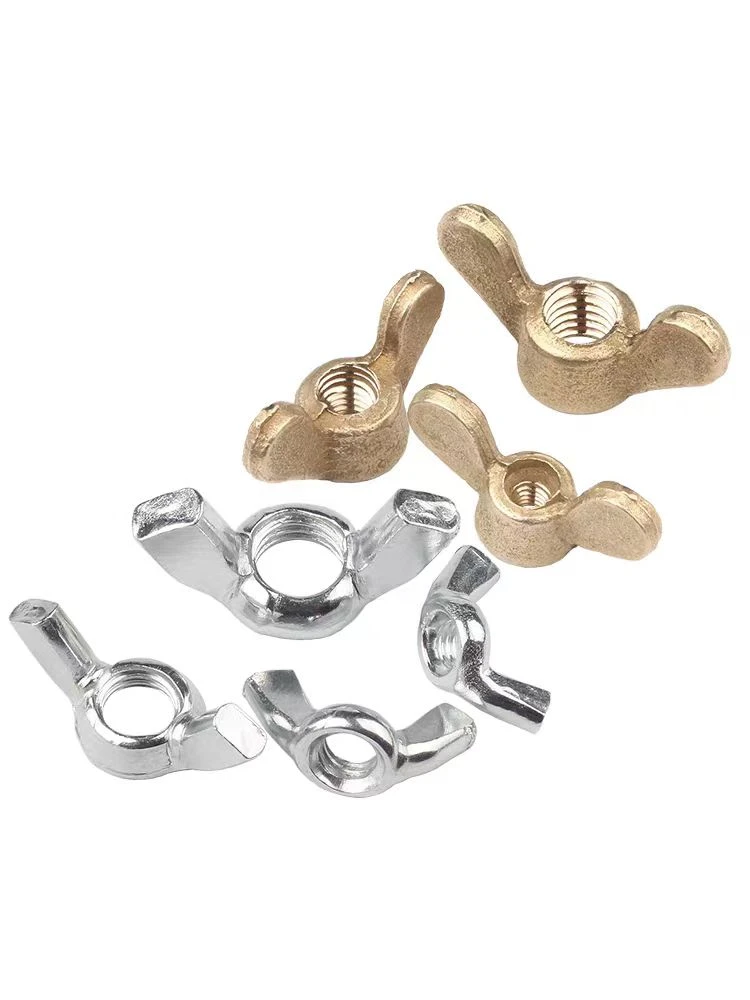

self tapping hex head metal screws
Dec . 07, 2024 14:31 Back to list
self tapping hex head metal screws
Understanding Self-Tapping Hex Head Metal Screws
In the world of hardware and construction, screws are essential tools that provide sturdy fastening solutions. Among the various types of screws available, self-tapping hex head metal screws have gained popularity due to their unique design and versatile applications. This article will explore what self-tapping hex head metal screws are, their benefits, and their uses, making them a valuable tool in numerous projects.
What Are Self-Tapping Hex Head Metal Screws?
Self-tapping hex head metal screws are a specific category of screws designed to create their own hole as they are driven into materials, without the need for a pre-drilled hole. This feature makes them particularly efficient and time-saving in construction and repair tasks. The hex head design allows for easy installation and removal using a wrench or socket, providing a strong grip and minimizing slippage during application.
The construction of these screws typically involves high-quality steel, which offers significant strength and durability. Many manufacturers also provide options for coatings or finishes, such as zinc plating or galvanization, to enhance resistance to corrosion. This makes hex head metal screws especially useful in outdoor applications or environments exposed to moisture.
Benefits of Self-Tapping Hex Head Metal Screws
The advantages of using self-tapping hex head metal screws are numerous. Here are some key benefits
1. Time Efficiency Because these screws can tap their own threads into the material, there’s no need for pilot holes. This saves time in both preparation and installation, making them ideal for projects where efficiency is crucial.
2. Strong Connection The hex head design provides a larger surface area for tools to grip, ensuring that significant torque can be applied. This results in a very tight connection, which is crucial for structural integrity in various applications.
self tapping hex head metal screws

3. Versatility Self-tapping hex head screws can be used in a variety of materials, including metal, wood, plastic, and more. This versatility allows them to be employed in diverse projects ranging from automotive work to household repairs and industrial applications.
4. Ease of Use With the right tool, these screws are easy to install and remove. Even individuals with minimal experience in DIY projects can effectively use them, making them accessible to a wide audience.
5. Reduced Risk of Damage Since they do not require pre-drilling, there is less risk of damaging the material being fastened. This is particularly beneficial when working with softer materials that may be easily compromised.
Applications of Self-Tapping Hex Head Metal Screws
These screws find their application across numerous industries and projects. In the construction sector, they are frequently used in metal framing and roofing, providing secure connections and load-bearing capabilities. In automotive repair, self-tapping screws help to fasten components securely, ensuring that parts remain intact during operation. Additionally, they are commonly employed in the assembly of furniture, appliances, and machinery where strength and reliability are paramount.
In the DIY and home improvement realm, homeowners often utilize self-tapping hex head metal screws for projects such as building decks, installing shelving, or even assembling kits. Their ease of use makes them an ideal choice for various repair tasks around the house.
Conclusion
Self-tapping hex head metal screws represent a remarkable combination of innovation and practicality in fastening technology. Their ability to effortlessly create their own hole, coupled with their strong and reliable design, make them indispensable for both professionals and DIY enthusiasts. Understanding their benefits and applications allows users to make informed choices about fastening solutions, ensuring that their projects are secure and durable. Whether in industrial settings or home improvement projects, self-tapping hex head metal screws will continue to play a crucial role in achieving robust and enduring connections.
Latest news
-
Hot Dip Galvanized Bolts-About LongZe|High Strength, Corrosion Resistance
NewsJul.30,2025
-
High-Strength Hot Dip Galvanized Bolts - Hebei Longze | Corrosion Resistance, Customization
NewsJul.30,2025
-
Hot Dip Galvanized Bolts-Hebei Longze|Corrosion Resistance&High Strength
NewsJul.30,2025
-
High-Strength Hot-Dip Galvanized Bolts-Hebei Longze|Corrosion Resistance&High Strength
NewsJul.30,2025
-
Hot Dip Galvanized Bolts-Hebei Longze|Corrosion Resistance&High Strength
NewsJul.30,2025
-
Hot Dip Galvanized Bolts - Hebei Longze | Corrosion Resistance, High Strength
NewsJul.30,2025

